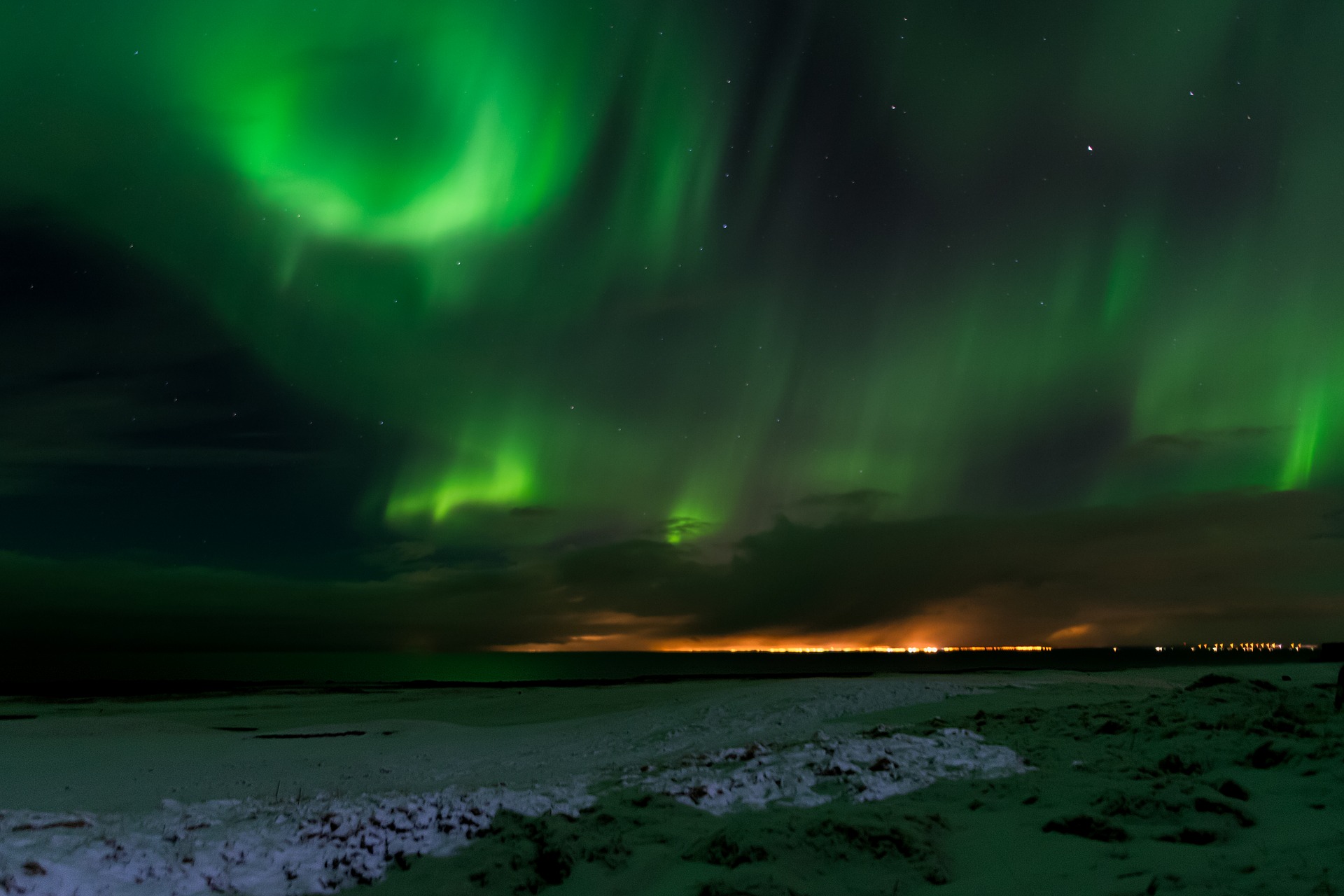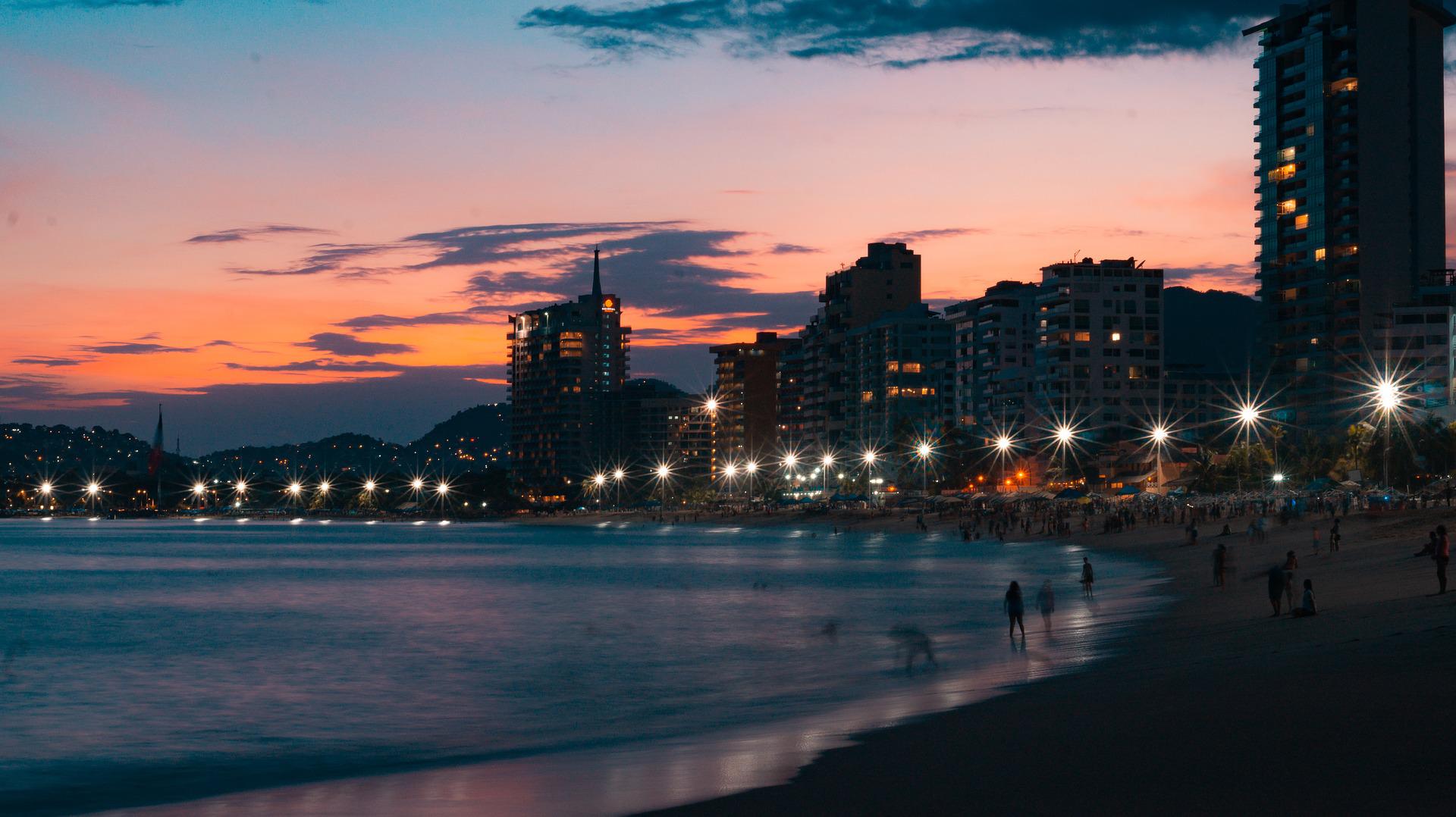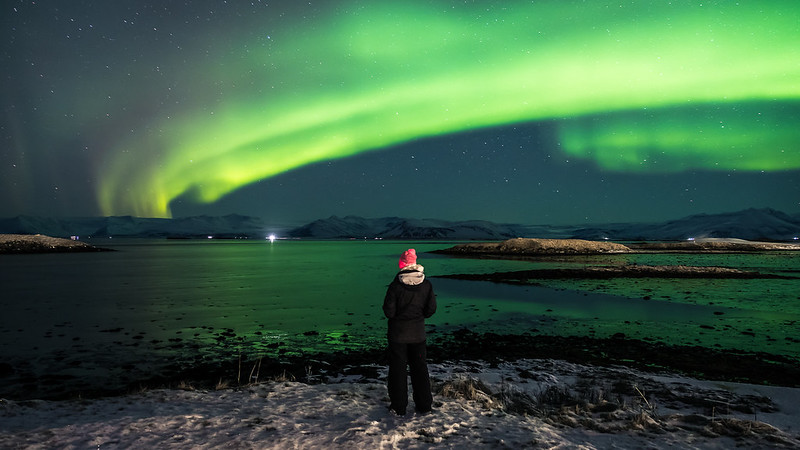The legendary Northern Lights are one of Mother Nature’s rarest gifts and can be enjoyed in only a select section of the Earth. There is no actual best place for observing, however, there is a peak season for the best view.
The Northern Lights Iceland is best between September and March. This is because the nights are longer in this part of the world. Darkness can be up to 19 hours longer on some evenings. You may find glimpses of the Northern Lights at other times of the year, but during the summer months, Iceland does not get as dark as in the winter months.
What are the Northern Lights?
In layman’s terms, it is a spectacular light show across the darkened night sky. Scientifically, it is electrically charged particles colliding with gas. The gas enters the Earth’s atmosphere and the electrical charge is from the Sun. The beautiful phenomenon can be seen nearer to the Earth’s magnetic poles, the North and South Poles. Because Iceland is near the Arctic Circle, it is a wonderful place to view the Northern Lights.
Lights of Different Shapes
Depending on the time of year, solar activity, and several other factors, the shape of the lights can be different at varying times of the night. You may see curves, stripes, arcs, crowns, drapes, and swirls of glowing colors. The intensity of the glow is also something that changes due to weather and other conditions.
The curtains and the crown, also known as Corona Aurora, can be viewed during times of higher solar activity. This is a rare occurrence. When the lights are not a specific shape, they are considered a Diffused Aurora. Many say this type of light show is similar to the sunset and not as strong a hue. Therefore, it is harder to see with the naked eye, but can be captured with a long exposure camera.
Lights of Different Colors
The most common hue of the Northern Lights is a variation in the color green. This green can be bright, muted, dark, light, and have hints of the other colors running through it. The green is formed from oxygen atoms at a high concentration and lower altitudes above the Earth’s surface.
The color red is rarer because the oxygen molecules are much higher in the atmosphere. The human eye is sensitive to green over red, therefore green is seen more often.
Another slightly dominant color is blue and will appear when nitrogen is present in the atmosphere. Blue lights can be seen when the solar activity is at the highest it can reach.
Various shades of pink, white, purple, and yellow can be seen within the colorful sky depending on the intensity of the solar activities and the Earth’s atmosphere.
Where in Iceland is the Best Viewing?
There are plenty of locations in Iceland to observe the Northern Lights, most places offer flat ground with nothing in the way of the view. Places such as Reykjanes Peninsula, the Snaefeelsnes, the North Iceland area, and the South Coast.
Check out some of the packages that include hotels and tours for the Northern Lights to get the best seat for Earth’s most magnificent light show.






